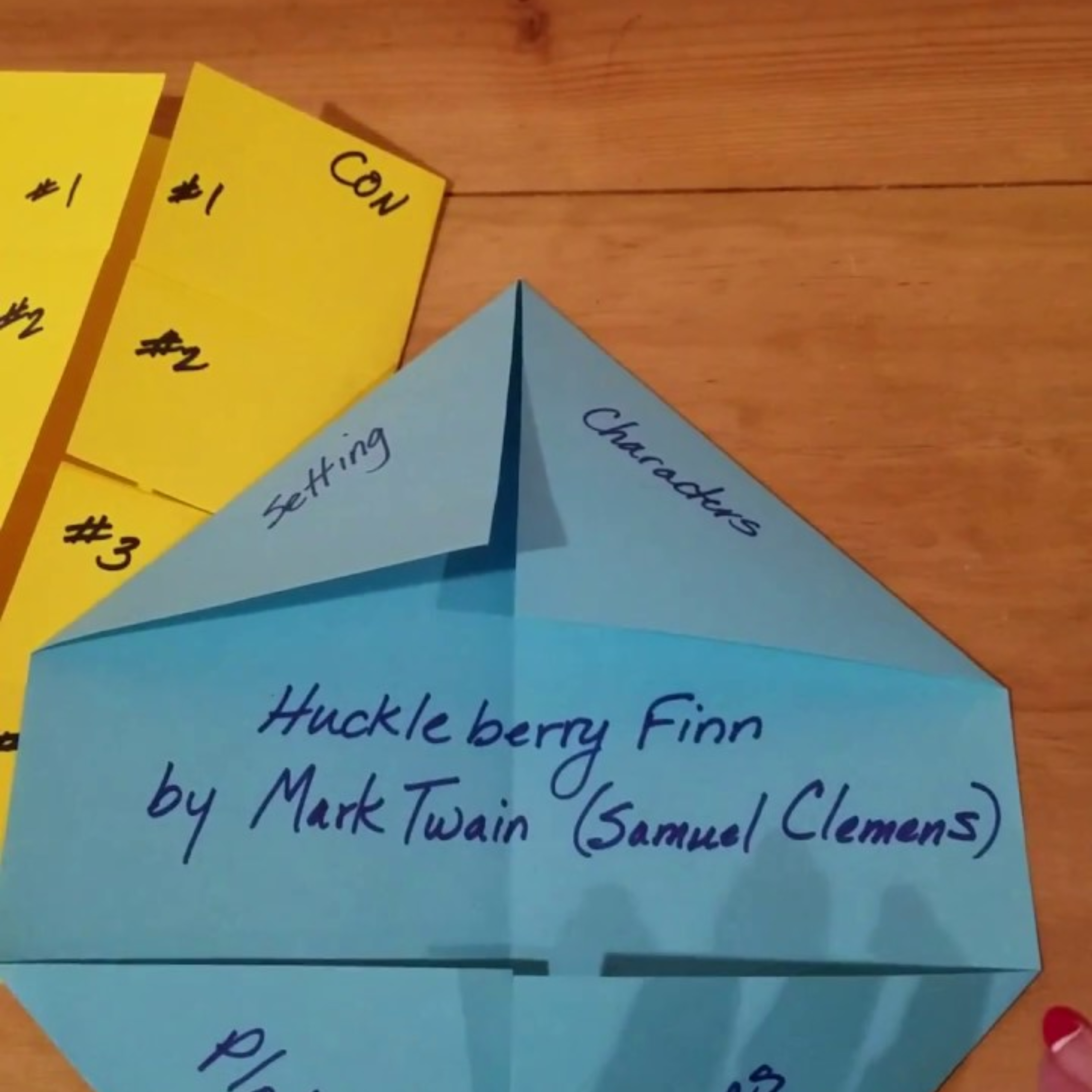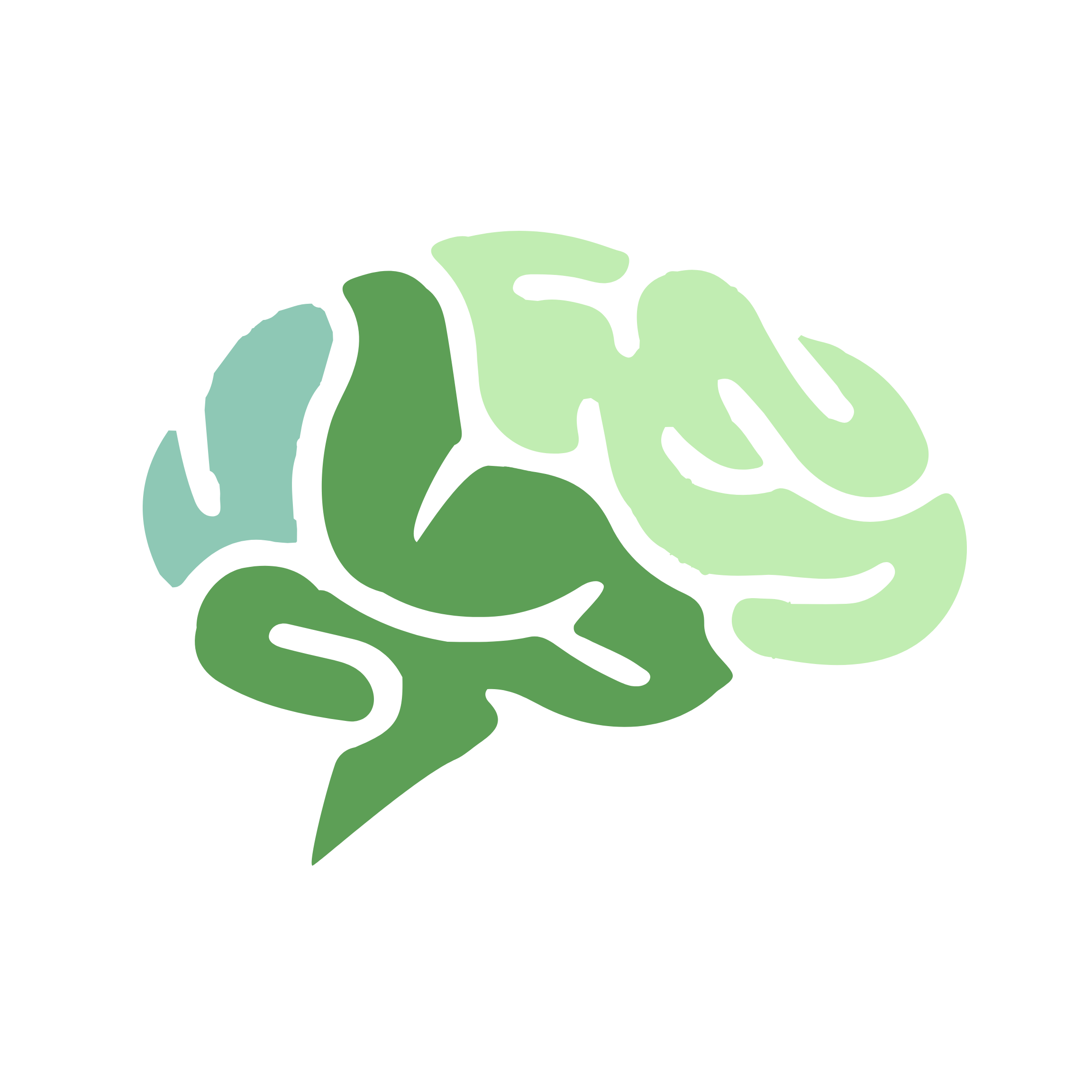Foldable Graphic Organizers for Secondary?
Have you discovered the benefits of foldable graphic organizers yet?
When I first saw them, I thought they were a nifty way to help elementary students practice cutting and folding. I had no idea of their power for secondary students. Once I learned about the impact on the adolescent learning brain, I started using them in my professional development sessions with teachers too.
Foldable graphic organizers come in many sizes and configurations. Like traditional graphic organizers, they are used to help students organize notes into meaningful bits.
A quick search of the internet yielded countless pictures and videos about how to create and use them in instruction. Many teachers have their students glue their foldables into their notebooks. Because they are often colorful, they are appealing as well as handy for quick reference later. Check out my video of sample foldables on YouTube.
Until recently, I thought they were valuable simply because the kinesthetic activity of folding the paper gives student a much appreciated break from learning. But there is so much more! Here are some findings from brain research converted me into a passionate advocate of foldables.
In a nutshell, here’s what I learned:
Functional MRI technology displays blood flows in the brain in response to various instructional approaches. Researchers have watched brain activity when students are engaged in the kinesthetic activity of folding an organizer and organizing new information into visual chunks. They report that as students create foldables, the fMRIs reveal new neural connections developing that resemble visual webs.
We all have mirror neurons that mirror (imitate) activity of others around us. That’s how babies learn to stick out their tongues and play peek-a-boo. It’s also why we yawn after someone else. If students see teachers excited about their subject, see them gesturing as they teach, and see them fold a paper into 3 columns, their mirror neurons get the message that there are 3 primary concepts.
Multisensory input makes learning stronger. When students create a foldable, they have auditory, visual, and tactile input learning modes engaged, increasing the chances that they will remember the key concepts they write on the foldable.
Thinking about learning can change the brain. For example, athletes who thought about making baskets improved their ability to score baskets nearly as much as those who actually practiced out on the court. As students construct a foldable, they are already thinking about the concepts they will write and later use in practice.
Our brains seek patterns to sort and store information into chunks. When teachers provide the chunks via the use of a foldable, it helps students grasp the key concepts as a framework for additional, deeper learning.
We use three types of memory for learning:
1) immediate recall - information we just heard that we can hold for about half a minute until it fades.
2) working memory - rehearsed new information we combine with prior knowledge.
3) long-term memory - semantic, episodic, procedural, and conditioned response memories that we retrieve as needed.
Foldable organizers give students a place to write terms briefly held in their immediate recall memory. When they add pictures, definitions, and examples to each chunk of the organizer, they are using their working memory. Finally, when they use their organizers for further practice, using higher order thinking, they are strengthening those connections that make it possible to store the concepts in their long term memory.
Are you convinced?
Give foldable graphic organizers a try and let me know how it goes!
Ref: M. Sprenger (2010). Brain-based Teaching in the Digital Age. ASCD.


